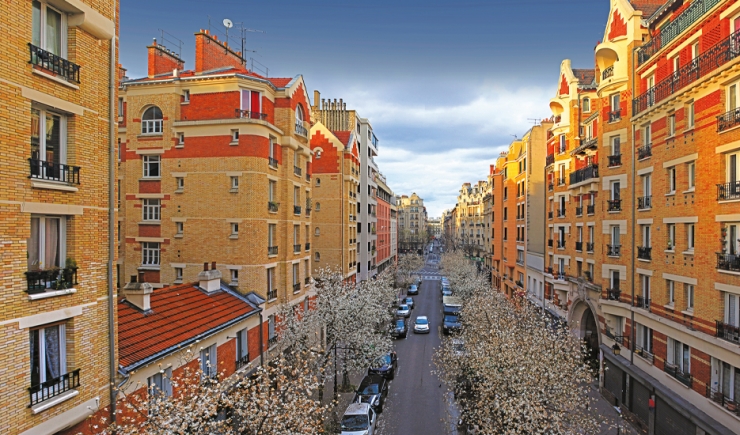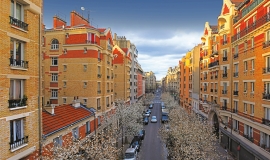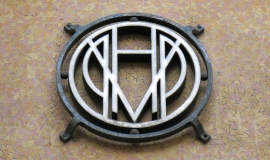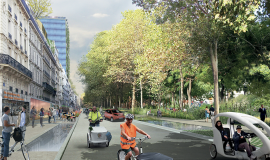Following the historical study published in 2018, Apur is today publishing 3 notebooks focusing on how these 100 year old, red brick buildings located along the Boulevards des Maréchaux can evolve. Generally referred to as Paris’ red belt -“Ceinture Rouge de Paris”-, this ensemble of buildings accommodates 58,000 social housing units whose transformation must comply with four requirements: to maintain their excellent architectural quality, to improve the living conditions of a fragile section of the population, to regenerate their attractiveness with renewed creativity and to reach the objectives set by the Paris Energy Climate Plan.

Apur has developed an original method associating the classic approach to improving energy use to other types of improvements that are equally essential for a sustainable city and particularly a carbon neutral city. This “carbon-climate” mix takes the form of a tool box with 6 lines of action and a cartographic system which proposes a work framework adapted to each situation enabling the best action-efficiency to be defined for the transformations to be implemented.
The 6 lines of action are:
- Morphological evolution: height increasing operations, ground floor extensions, extensions of certain roof gables…
- Ground floor and basement activation: towards a functional mix by installing new activities, urban services…
- Vegetation provision: greening facades in courtyards, urban agriculture on roofs…
- Local management of rain water: rendering public and private spaces permeable, disconnecting gutters from centralised drainage systems …
- Public spaces: creating roads for children, sports trails, micro-hubs…
- The reduction of energy consumption and energy production: through thermal insulation, exploiting renewable energy resources, developing exchanges between buildings linked to projects taking place nearby.
These recommendations are founded upon a detailed analysis of the spacial and technical developments carried out since this sector of the housing stock was created. The developments are presented in two notebooks which describe the initial characteristics of the buildings and the technical procedures carried out, the third notebook presents the cartographic system.
This work has been jointly managed by the City of Paris Department of Housing and Habitat and the National Agency of Urban Renewal, in partnership with the housing organisations Paris Habitat, RIVP and Elogie-SIEMP.
Access the study on the Apur site.
Press Contact : Quentin Treton : email – 01 83 97 63 59



